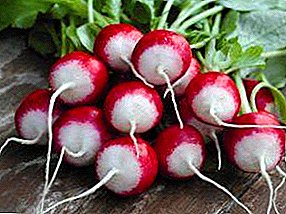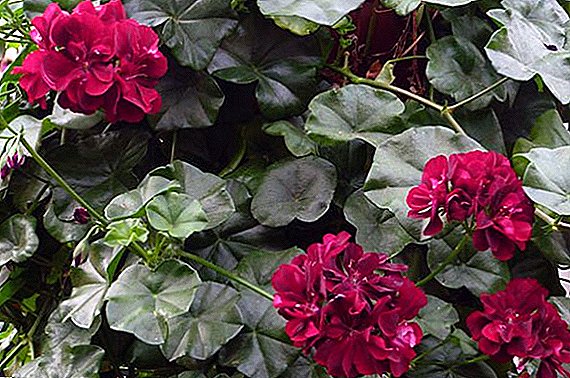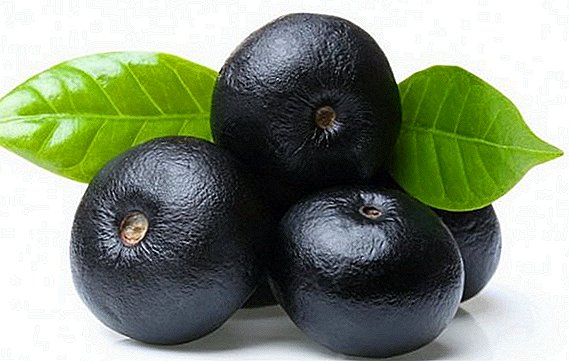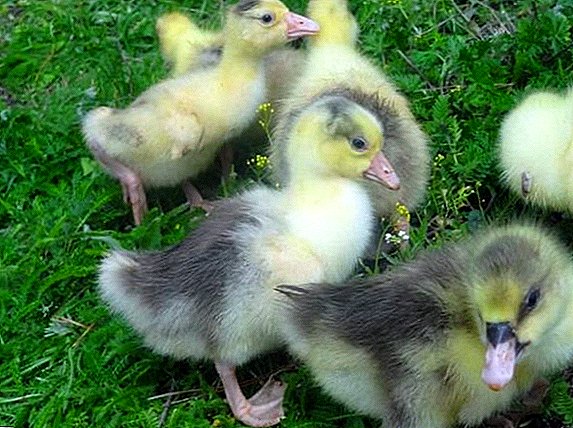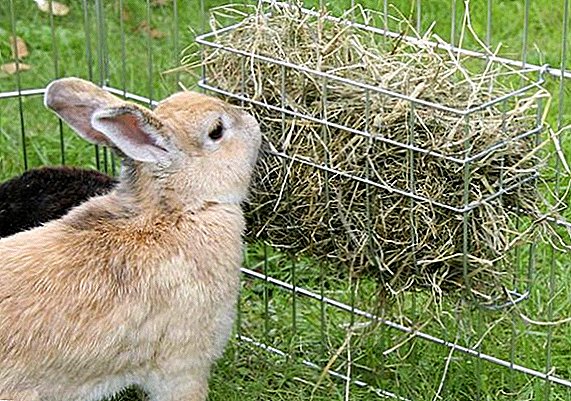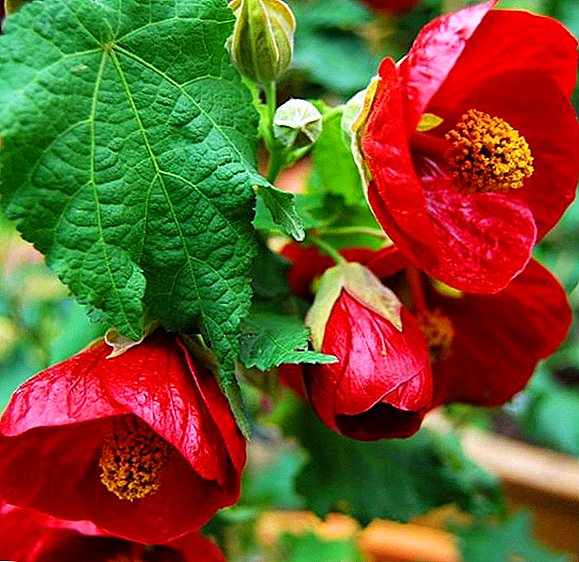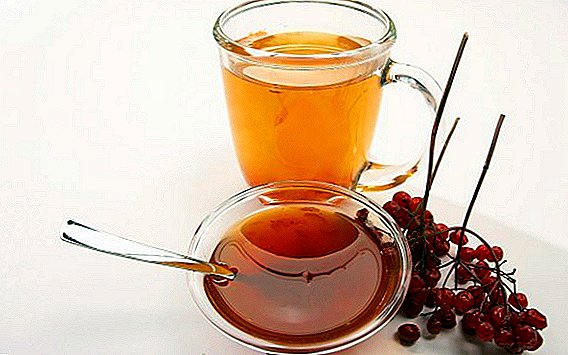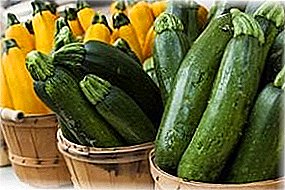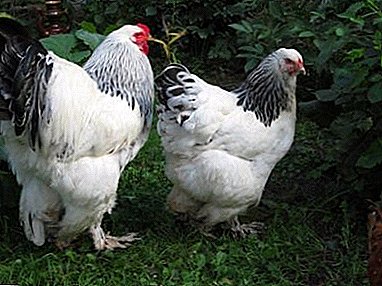
Poultry farmers, both beginners and advanced, are always looking for the most appropriate breed for conditions of maintenance and care for their house.
In this article we will talk about such a breed of chickens as Brahma is white.
This breed is not only highly productive, but also very attractive from an external point of view.
Origin
This breed was bred by American breeders by crossing gray Cochinchins and Chittagongs. They named the breed Chittagong, but this name did not stick to the bird, so it was later given the name Brama. In the course of selection, several breeds were succeeded in breeding, one of which is Brahma white, as the most attractive and interesting bird in appearance from the bred.
Appearance, signs of breed
Color features
 These chickens have a remarkable appearance, so it is very difficult to confuse them with another breed. The color of the plumage is snow-white, there may be black feathers in the tail, in the collar part and on the legs. The tail in the shape of a fan is rather voluminous, fluffy feathering is considered a sign of the breed, because by its origin the breed was bred to live in cold climates.
These chickens have a remarkable appearance, so it is very difficult to confuse them with another breed. The color of the plumage is snow-white, there may be black feathers in the tail, in the collar part and on the legs. The tail in the shape of a fan is rather voluminous, fluffy feathering is considered a sign of the breed, because by its origin the breed was bred to live in cold climates.
The bird itself is rather large in size, which helps it in asserting its rights to the territory or protecting the family from ill-wishers. The body of Brahma is highly placed, so it can be easily recognized in the general population of birds. The crest is small, the teeth on it are not as pronounced as in other breeds. Eye color is bright orange. Have a developed backbone.
ATTENTION! The marriage of this breed is considered the yellowness of feathers, as well as the absence of feathering on the legs!
Differences from other types of hens
The main and primary difference will be that only this subspecies of Bram begin to sweep in the cold winter season. This will be a good advantage for cold regions of countries, as the bird feels comfortable at sub-zero temperatures and can continue to rush well.
A photo
Below you can see the photos of the breed.


Characteristics and quantities
By nature, the breed is distinguished by goodwill towards its neighbors, attachment to its owner, calm and quiet temperament. The males will never get into a fight with other members of the breed if nothing threatens his chickens and chickens.
Laying birds can be wonderful chickens and will treat chickens carefully and carefully. All varieties of this breed have almost similar declared standards:
- Chickens in adulthood reach no more than 3.5 kg, and males do not exceed 4.5 kg.
- Low egg production is about 120 pieces per year.
- Eggs are medium in size and weigh less than 60 grams.
- Painted egg cream shade.
- The period of egg production falls on a later period in comparison with other breeds of 8 - 9 months.
- By taste, Brahma meat can be described as fibrous, slightly rough, but juicy, tasty and moderately fat.
- Depending on how the hen will grow up, its egg production will decrease by about 3 years of age, and at the age of five the hen will carry no more than 60 eggs per year.
Advantages and disadvantages
The advantages of this breed include:
- Beautiful appearance.
- Uninterrupted laying of eggs, even in the cold season, unlike other breeds, for which cooling is the strongest stress.
- Unpretentious to the conditions of detention.
- Do not need a large walking and chicken coop.
- Frost-resistant, which for Siberia and the Urals are irreplaceable qualities.
- Chickens are good hens.
- Dietary meat.
The disadvantages of this breed include:
- The high price for the purchase of chickens.
- Slow growth.
- Late maturation of the reproductive function.
- The average number of eggs per year.
- They are prone to obesity due to slow metabolism, so it is highly undesirable to overfeed the bird. From this it can be carried less or, in general, to stop.
Maintenance and care - features
 To preserve the attractive appearance of the Brahma, it is necessary to clean the hen house and the place for walking in time. For the purity of a particular breed, experienced poultry farmers do not recommend keeping several types of chickens in the same room. The chicken coop for Bram should be the same as for other breeds.
To preserve the attractive appearance of the Brahma, it is necessary to clean the hen house and the place for walking in time. For the purity of a particular breed, experienced poultry farmers do not recommend keeping several types of chickens in the same room. The chicken coop for Bram should be the same as for other breeds.
There should be perches, nests, feeders and drinkers. The roosts should be such that the big bird can sit comfortably on it. The height from the floor level is at least 40 cm, and its width must be at least 30 cm. In order for the bird to be well carried it is necessary to additionally highlight the chicken coop in the cold season, when it gets dark much earlier than in the summer.
For optimal egg production, Brahma requires a 13-14 hour light day. Additionally, the coop in the cold season can not be heated, provided that there are several birds in the coop, and the walls are additionally insulated.
In all other respects, these chickens do not differ in their content from other breeds, The main indicators of good livelihoods are:
- Balanced diet.
- Dry, clean chicken coop.
- Providing good ventilation.
Feeding
Feed Brahm should be balanced, as this is one of the breeds that can easily gain the “harmful weight” from which it stops rolling. The diet should include both wet food and dry. In summer, it is good to provide chickens with freshly cut grass, and in winter - with hay.
 Feed the birds three times a dayIn this case, breakfast consists of a grain mixture, a lunch of wet food and grass, and a dinner of dry grain, which is better to be scattered on the floor, so the bird can move more by collecting seeds from the floor.
Feed the birds three times a dayIn this case, breakfast consists of a grain mixture, a lunch of wet food and grass, and a dinner of dry grain, which is better to be scattered on the floor, so the bird can move more by collecting seeds from the floor.
This breed, like any other, gladly feeds off insects, chicken or ant eggs, from which it receives the protein it needs, roots, plants, leaves of shrubs, berries and vegetables. The bird must have free access to clean water, as well as to various mixed minerals, such as shredded shell rock, bone meal or fish meal.
In winter, fresh grass can be replaced not only with hay, but also with grass granules or grass flour. Juveniles should be fed with vitamin supplements in order for chickens to get stronger faster and launch immune mechanisms.
In some cases, chickens tend to peck their own eggs. This happens if the bird lacks any substance in the body. This is usually either protein or calcium. It is necessary to deposit this bird and feed it with the appropriate vitamin supplement.
IMPORTANT! Cockerels, as well as chickens, can also not be overfed because it will immediately affect their reproductive system. The quality of seminal fluid can deteriorate drastically and, as a result, fertility of eggs decreases.
Breeding
Breeding of this bird will not be difficult, since the breed has a high fertility and survival rate. You can purchase an egg for self-incubation, buy a day-old or a grown chickens, or purchase young individuals. The last option is the least common, since Brahma itself is an expensive bird, and the grown-up hens and roosters will cost even more than the chickens or the egg.
But if once you buy this breed, then subsequently you will not have to acquire new individuals, since chickens will be able to evaporate the egg themselves and grow a new generation. To incubate your eggs choose the largest in size.
Those chicks that were bred later than June may die in the winter due to poor health and the slow development of the breed itself.
Conclusion
Brahma is white - a wonderful breed of chickens, combining nobleness, peacefulness, friendliness and affection for the owner and the house. The relatively high price pays for the character and appearance of such chickens. And broods are better than Brahma not to find, so do not regret finances and purchase this breed of chickens.


